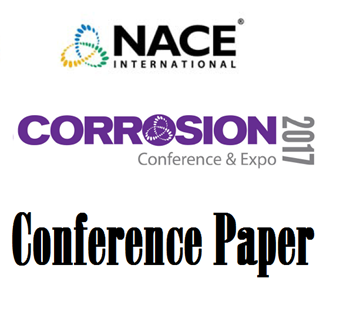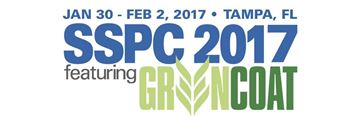Search
Products tagged with 'aluminum'
View as
Sort by
Display
per page
Segmented Multi Electrode Sensor for Investigation of Environment-Assisted Cracking Under Dynamic Atmospheric Conditions
Product Number:
51317--8946-SG
ISBN:
8946 2017 CP
Publication Date:
2017
$20.00
TM0497-2012-SG (Spanish), “Técnicas de Medición Relacionadas con Criterios para la Protección Catódica en Sistemas de Tuberías Metálicas Sumergidas o Subterráneas”
Product Number:
21267-SG
ISBN:
1-57590-047-5
Publication Date:
2012
$179.00
To Cycle or Not to Cycle: That is the Question
Product Number:
51217-037-SG
Publication Date:
2017
$20.00



